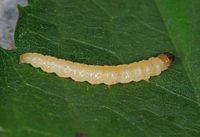
| Recorded by: Jim Petranka on 2024-09-05
Buncombe Co.
Comment: Larva was in the root stock of Impatiens pallida. | 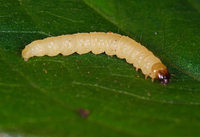
| Recorded by: Jim Petranka on 2024-09-05
Buncombe Co.
Comment: Larva was in the root stock of Impatiens pallida. |
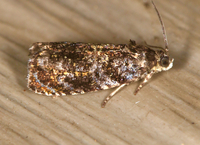
| Recorded by: Jim Petranka on 2024-08-08
Madison Co.
Comment: | 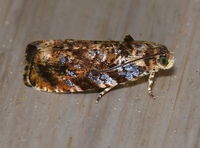
| Recorded by: Jim Petranka on 2024-04-25
Madison Co.
Comment: |
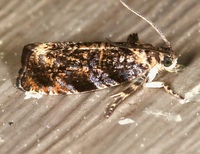
| Recorded by: Jim Petranka on 2024-04-19
Madison Co.
Comment: | 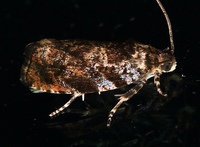
| Recorded by: Jim Petranka on 2024-04-14
Madison Co.
Comment: |
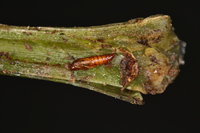
| Recorded by: Jim Petranka and Becky Elkin on 2023-08-16
Macon Co.
Comment: A split Impatiens pallida stem with a pupa near the root base. | 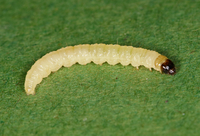
| Recorded by: Jim Petranka and Becky Elkin on 2023-08-16
Macon Co.
Comment: A larva that was removed from the root base of Impatiens pallida. |
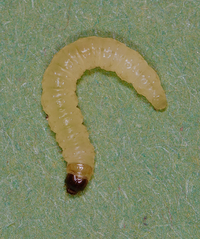
| Recorded by: Jim Petranka and Becky Elkin on 2023-08-16
Macon Co.
Comment: | 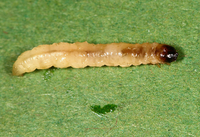
| Recorded by: Jim Petranka and Becky Elkin on 2023-08-05
Buncombe Co.
Comment: |
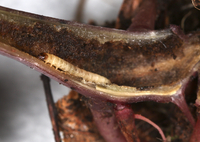
| Recorded by: Jim Petranka and Becky Elkin on 2023-08-05
Buncombe Co.
Comment: | 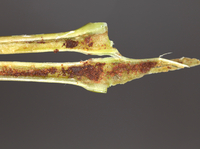
| Recorded by: Jim Petranka and Becky Elkin on 2023-08-05
Buncombe Co.
Comment: |
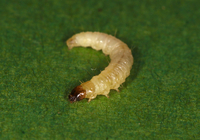
| Recorded by: Jim Petranka and Becky Elkin on 2023-08-05
Buncombe Co.
Comment: | 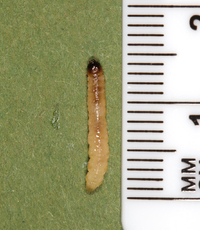
| Recorded by: Jim Petranka and Becky Elkin on 2023-08-05
Buncombe Co.
Comment: |
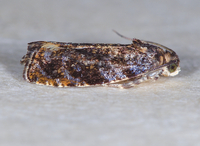
| Recorded by: Jim Petranka on 2023-04-28
Madison Co.
Comment: | 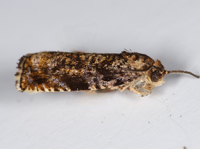
| Recorded by: Jim Petranka on 2023-04-18
Madison Co.
Comment: |
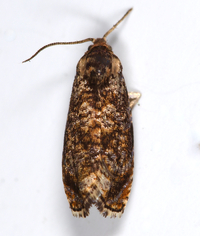
| Recorded by: Jim Petranka on 2023-04-18
Madison Co.
Comment: | 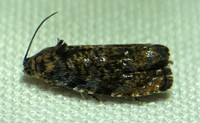
| Recorded by: Dean Furbish and Joy Wiggins on 2022-06-24
Wake Co.
Comment: |
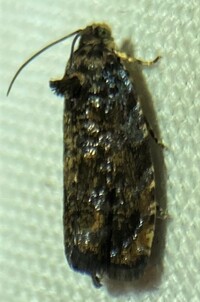
| Recorded by: Dean Furbish and Joy Wiggins on 2022-06-24
Wake Co.
Comment: | 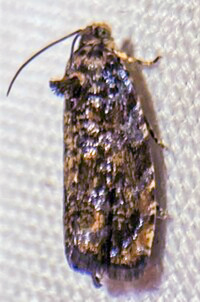
| Recorded by: Dean Furbish and Joy Wiggins on 2022-06-24
Wake Co.
Comment: |
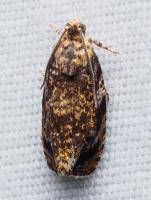
| Recorded by: J. Merrill Lynch on 2015-05-12
Watauga Co.
Comment: | 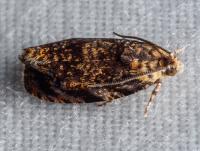
| Recorded by: J. Merrill Lynch on 2015-05-12
Watauga Co.
Comment: |
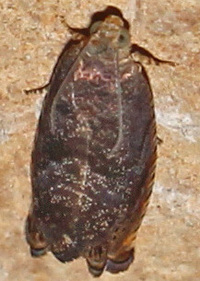
| Recorded by: Harry Wilson on 2012-04-27
Wake Co.
Comment: | 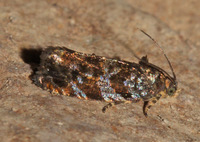
| Recorded by: Harry Wilson on 2012-04-27
Wake Co.
Comment: |
|

 »
»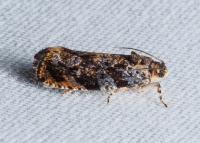




 »
»


